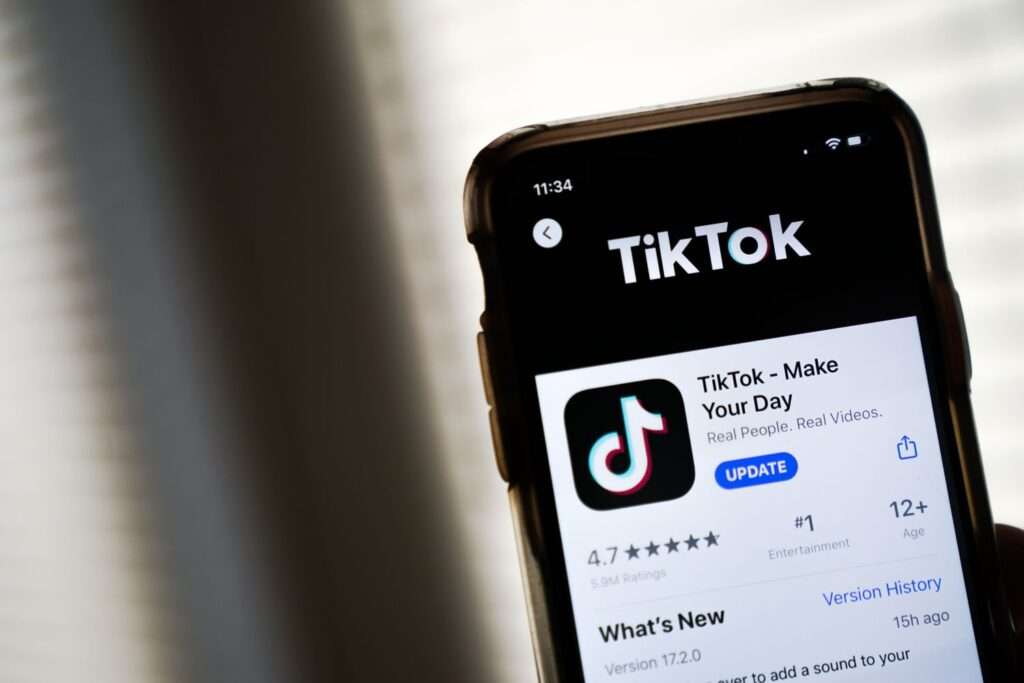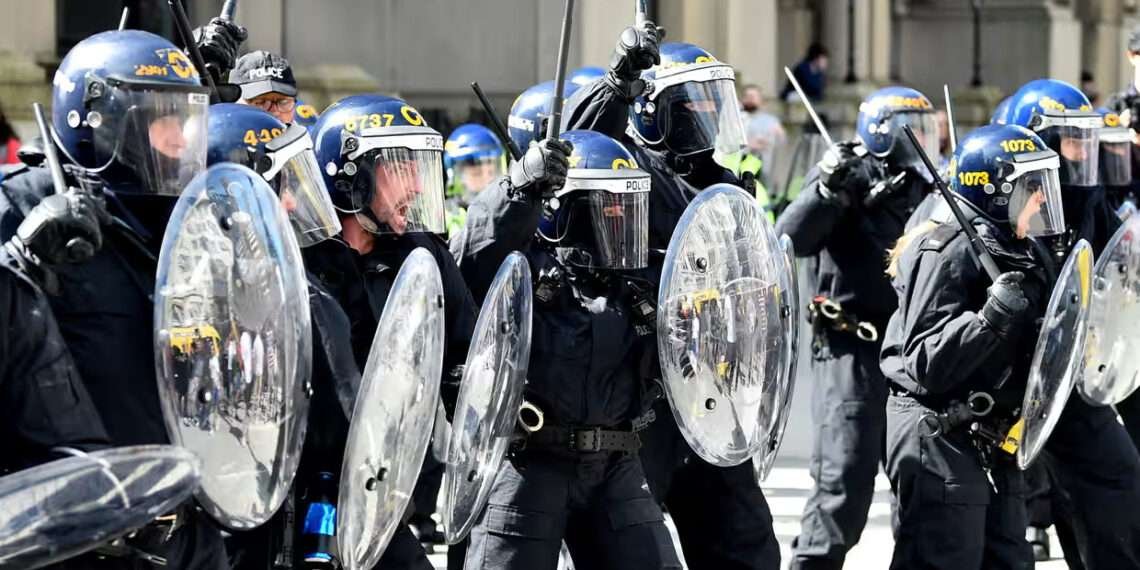In a twist to traditional policing methods, officers are now scouring TikTok to catch far-right demonstrators who are livestreaming incriminating footage of their illegal activities.
This summer’s riots have found an unexpected platform on TikTok’s Live function, with hundreds of thousands of viewers tuning in to watch the chaos unfold in cities like Stoke, Leeds, Hull, and Nottingham.
These livestreams, often running for hours, frequently feature the faces of those involved in the disorder, committing acts such as looting and arson, with usernames that can be easily traced to their real-world identities.
“Every force will have analysts monitoring social media, TikTok, for evidence-gathering purposes. Regional organized crime units are doing that as well, focusing on the higher end of offending, those who are inciting, and the senior organizers.”
A police source
In one particularly disturbing instance, at least six different TikTok accounts livestreamed a riot in Middlesbrough.
The footage showed cars being set on fire, bricks being hurled through windows, and shops being looted. One stream attracted 14,000 viewers as it documented the looting of an Iceland supermarket in the Teesside town.
Another stream had 4,000 viewers and showed individuals interrogating drivers about their race before allowing them to proceed, while an off-camera voice taunted a line of riot police with, “can’t do shit, can’t do nothing.”
Tech Evolution Aids Evidence Collection
Unlike the riots that swept across England in 2011, where smartphone ownership was relatively low and live streaming was not easily supported by mobile technology, today’s police forces are taking advantage of the public’s propensity to livestream notable events.
Improved technology and enhanced mobile network capacity enable people to broadcast their potentially criminal activities in real-time, providing a rich source of evidence for law enforcement.
TikTok’s Live function, known for its user-friendliness and the app’s widespread popularity, has become a preferred platform for this kind of coverage.

The app’s algorithm quickly promotes streams that attract attention, allowing live streams of riots to amass hundreds of viewers per minute, sometimes reaching audience sizes comparable to those of traditional television news channels, even if the streamer has no existing following.
However, there are complications. Once a TikTok stream ends, it vanishes from public view, although the original streamer can access it for up to 90 days, meaning the footage remains on TikTok’s servers.
This provides a window of opportunity for police to secure the footage for evidence.
In addition to TikTok streams, police are also utilizing other forms of material for evidence, including CCTV footage, officers’ bodycam recordings, drone footage, and videos posted on other social media platforms by both rioters and anti-fascist demonstrators.
Retrospective facial recognition technology is also being employed to identify individuals involved in the riots.
The use of social media as a tool for both committing and investigating crimes underscores the evolving landscape of law enforcement in the digital age.
Moreover, The government is calling on social media companies, such as Musk’s X, formerly known as Twitter, to do more to combat the spread of misleading and inflammatory information online.
X has not yet responded to the government’s requests. Musk just kept wading into the debate about the violence in Britain.
After Prime Minister Keir Starmer posted a comment on X saying that the government “will not tolerate attacks on mosques or on Muslim communities,” Musk responded with the question, “Shouldn’t you be concerned about attacks on all communities?”
Musk attached a similar comment to a video that said it showed a “Muslim patrol” attacking a pub in Birmingham, highlighting the original post for his 193 million followers.
As technology continues to advance, so too will the methods by which police gather evidence and maintain public order.
READ ALSO: GSE Expected to Close Year Strong By Sustaining Current Momentum





















